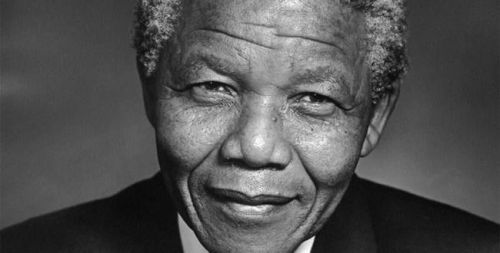The Vila Rica Revolt is also known as the Filipe dos Santos Revolt, as this is the name of its leader. It was a movement that took place in 1720 that aimed at economic and social change in Brazil, which it consisted especially in the implantation of the republican regime so that the country could free itself from the colony. Portuguese.
Where and when
The rebellion took place in the city of Ouro Preto, which was previously called Vila Rica and where there were large deposits of gold. It was the year 1720 (18th century), in the period known as the Gold Cycle, as gold was the fruit of the main economic activity in Brazil.
It is noteworthy that 72 years later, more precisely in 1792, Tiradentes - the leader of the Inconfidência Mineira - the main movement in the attempt of colonial liberation in Brazil, died. In 1822, finally, the independence of Brazil is proclaimed.
Causes
Exploitation defines the causes of the movement that, in short, aimed at the fall of the Portuguese monarchy, whose privileges were maintained thanks to the following abuses:
"The fifth"
20% of the gain obtained with the gold or “the fifth”, as the tax became known, went to the Portuguese crown. High tax collection was one of the great drivers of popular revolt.
Creation of the Foundry and Coin House
This was where the Portuguese crown collected taxes as well as administered and, therefore, maintained exclusivity over all the gold found in Brazil.
Both the owners of the places where the mines were located could not sell anything that did not pass through the house, and the merchants could not practice their business without guaranteeing part of the profit to the monarchy.
The Revolt and its Outcome
After having managed to conquer the population with his speeches, Filipe Santos - a Portuguese farmer - became the leader of the rebellion. The rebels even occupied Vila Rica demanding the extinction of the Foundry Houses.
Days later, Governor Conde de Assumar tries to negotiate with the rebels and, promising to meet their requests, calms them down, but only to have a chance to attack them. So, summoning 1500 soldiers, he arrests the rebels. Filipe dos Santos is tried and sentenced to be hanged, and on July 15, 1720, he is hanged and has his body dismembered in a public square.
Before dying, Filipe dos Santos would have said the sentence: “I swore to die for freedom. I keep my word.”.
With the punishment of the rebels and the death of their leader, the objectives were not achieved.
Learn more at:
- Gold Cycle.
- Mining Inconfidence.
- Independence of Brazil
- Minas Gerais state



